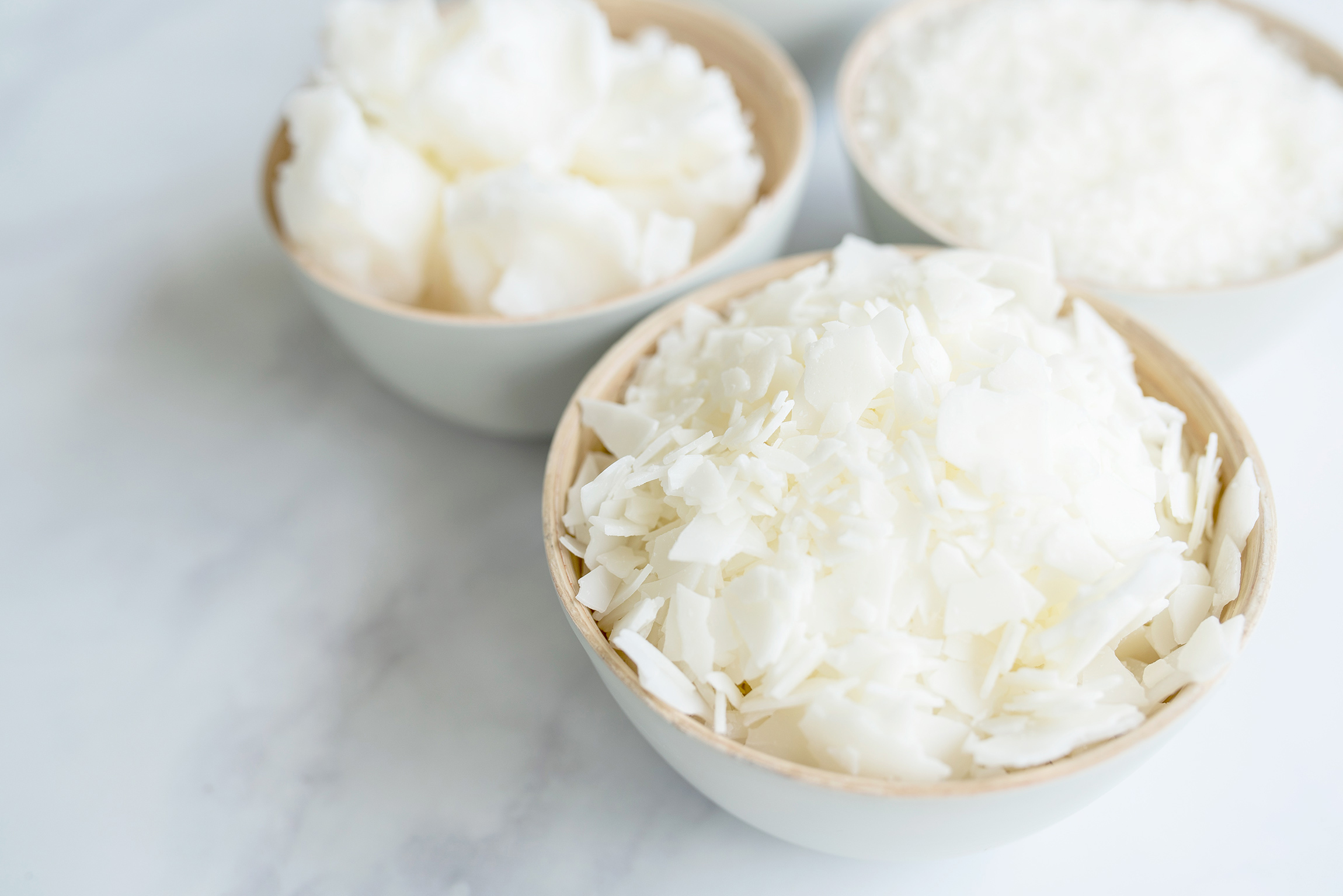Infuse Your Home with the Aroma of Crystal Soy Candles and Home Fragrance
From Wick to Wax: Understanding the Chemistry Behind Soy Wax Candles and Their Environmental Impact
As we brighten our spaces with the warm radiance of candle lights, there lies a realm of detailed chemistry behind the seemingly easy act of lighting a soy wax candle light. Join us as we decipher the scientific intricacies behind soy wax candle lights and discover their ramifications on our environment.
Soy Wax Vs. Paraffin Wax
When comparing soy wax and paraffin wax for candle light making, it is important to comprehend the unique attributes and benefits of each product. Soy wax is a natural, renewable energy stemmed from soybean oil, making it environment-friendly and biodegradable - soy wax candles. In contrast, paraffin wax is a byproduct of petroleum refining, which increases problems about its environmental impact and sustainability
Soy wax candle lights burn cleaner and emit less soot compared to paraffin wax candle lights, making them a healthier option for indoor air top quality. In addition, soy wax has a reduced melting factor, permitting for a longer-lasting candle light that disperses scent better. Paraffin wax, on the other hand, tends to burn faster and much less easily, possibly releasing unsafe chemicals into the air.
From a sustainability perspective, soy wax is favored for its biodegradability and renewable sourcing, straightening with the expanding consumer choice for environmentally conscious items. While paraffin wax has actually been a conventional choice in candle light making because of its affordability and simplicity of use, the change in the direction of environmentally friendly alternatives like soy wax is getting momentum in the industry.
Chemical Structure of Soy Wax

Combustion Process in Soy Candles
The chemical composition of soy wax straight affects the combustion process in soy candle lights, influencing aspects such as burn time, fragrance release, and ecological effect. When a soy candle is lit, the heat from the fire thaws the wax near the wick.
The burning efficiency of soy candles is influenced by the pureness of the soy wax and the high quality of the wick. Additionally, soy wax candle lights have a lower ecological impact contrasted to paraffin candle lights due to their biodegradable and eco-friendly nature.

Environmental Benefits of Soy Wax

Taken into consideration a lasting choice to standard paraffin wax, soy wax offers noteworthy environmental advantages that make it a prominent choice among eco-conscious consumers. Soy wax burns cleaner and produces much less residue than paraffin wax, contributing to much better interior air top quality and lowering the requirement for cleansing and maintenance. In general, the ecological advantages of soy wax line up with the growing need for lasting and environmentally friendly items in the market.
Recycling and Disposal Factors To Consider
Recycling and proper disposal of soy wax candles play an essential duty in maintaining environmental sustainability and minimizing waste in neighborhoods and families. When it comes to reusing soy wax candle lights, the very first step is to ensure that the candle has actually burned totally. This can be achieved by enabling the candle light to burn till the wick is no more useful, and after that allowing the remaining wax cool and solidify. When the go to my site wax has strengthened, it can be carefully gotten rid of from the container.

In regards to disposal, if recycling is not an alternative, soy wax candle lights are naturally degradable and can be securely disposed of in a lot of family waste systems. It is always recommended to examine with regional reusing centers or waste monitoring services for particular guidelines on candle light disposal to guarantee correct handling and environmental protection.
Final Thought
In final thought, the read this chemistry behind soy wax candles exposes their ecological advantages over paraffin wax candle lights. Soy wax, derived from soybean oil, burns cleaner and creates less residue when compared to paraffin wax.
When comparing soy wax and paraffin wax for candle making, it is important to recognize the distinct qualities and benefits of each material (soy candles).Soy wax candle lights shed cleaner and release less soot contrasted to paraffin wax candle lights, making them a healthier option for interior air high quality.Considered view publisher site a sustainable alternative to standard paraffin wax, soy wax provides remarkable ecological benefits that make it a preferred selection amongst eco-conscious customers. Soy wax burns cleaner and creates much less residue than paraffin wax, adding to better indoor air quality and decreasing the need for cleaning and maintenance.In final thought, the chemistry behind soy wax candles exposes their ecological benefits over paraffin wax candle lights